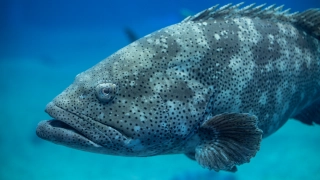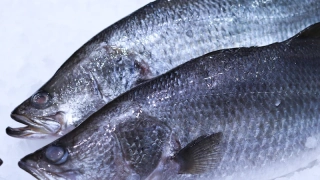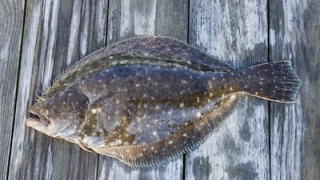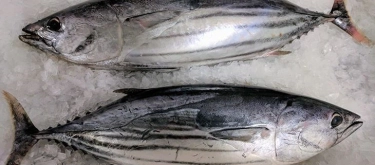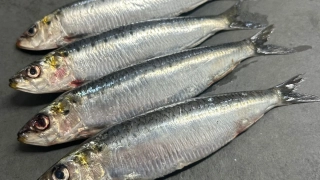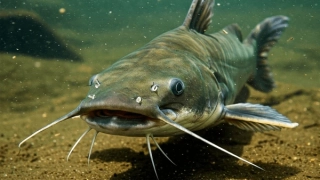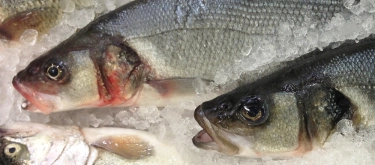Swordfish: Taste Profile, Aroma, Benefits and Health Risks
Swordfish (Xiphias gladius) is a large predatory fish found in temperate and tropical oceans. Its firm, meaty texture and distinctive flavor have made it a popular choice in Mediterranean, American, and Asian cuisines. Often sold as thick steaks, swordfish is considered one of the “steak fish,” appealing even to those who usually prefer meat over delicate seafood.
Swordfish contains higher levels of mercury compared to many other fish. Pregnant women, children, and sensitive groups should limit or avoid it. People with fish allergies should avoid it entirely.
What does Swordfish taste like?
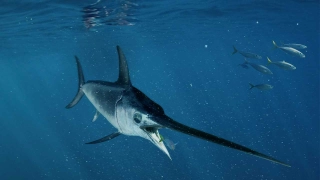
Complete Sensory Description
Swordfish has a taste and mouthfeel that sets it apart from most other fish. When you take a bite, you immediately notice its meaty density, more reminiscent of a grilled pork chop or tuna steak than of flaky white fish like cod or flounder. The flavor is moderately bold but not overpowering—richer and fuller than halibut or snapper, but cleaner and less oily than mackerel.
The initial taste is savory with a slight sweetness. Unlike salmon, the sweetness is subtle and balanced by a mild briny depth. Many describe it as having a “beef-like” character, thanks to its dense flesh and high myoglobin content, but with a lighter, fresher finish.
The aroma of cooked swordfish is robust but not pungent—closer to grilled tuna or seared chicken breast. When grilled, you may notice faintly nutty or smoky notes as surface proteins caramelize, adding richness. Fresh swordfish should smell clean and slightly oceanic, never overly fishy.
The texture is one of swordfish’s defining traits: dense, firm, and succulent. Unlike flaky fish, the flesh holds together in thick, juicy pieces. When grilled or pan-seared, the outside develops a satisfying crust while the inside remains moist and meaty. Properly cooked swordfish feels substantial on the palate, closer to meat than to delicate seafood.
The appearance of raw swordfish flesh is ivory to pinkish-orange, often with a firm, glossy surface. Cooked swordfish becomes opaque white with slight golden edges when seared or grilled. Swordfish is typically cut into steaks rather than fillets due to its size and firmness.
The aftertaste is clean, slightly briny, and faintly sweet. It lingers longer than mild fish like flounder but does not coat the mouth with oiliness like sardine or eel. Well-prepared swordfish leaves a satisfying, almost “umami-meat” finish that makes it appealing even for people who don’t usually enjoy fish.
In-depth Flavor Analysis
Swordfish’s distinctive character comes from its dense muscle fibers and higher myoglobin levels, giving both its firm texture and meat-like flavor. The fat distribution is moderate, with enough lipids to keep the flesh juicy but not oily. Amino acids such as glutamic acid contribute to strong umami depth, while glycine and alanine add gentle sweetness. Cooking methods such as grilling or broiling trigger Maillard browning, introducing roasted, nutty undertones.
Varieties and Culinary Applications
Swordfish is a single species (Xiphias gladius), but flavor differences appear between Atlantic and Pacific catches:
-
North Atlantic swordfish: often larger, firmer, with slightly bolder taste.
-
Pacific swordfish: slightly milder and leaner.
Culinary uses:
-
Grilled steaks with lemon and herbs (most iconic preparation).
-
Pan-seared with butter and garlic.
-
Mediterranean recipes with olive oil, tomatoes, and capers.
-
Sashimi-grade swordfish (rare) in some Japanese preparations.
Selection and Storage
-
Fresh swordfish steaks should be firm, with moist surfaces and no brown spots.
-
Color ranges from ivory to light pink; avoid dull or dry flesh.
-
Store at 0–4°C and consume within 1–2 days.
-
Freezing at –18°C preserves quality, though texture may slightly soften.
Nutritional Insights
Swordfish is rich in protein, selenium, and vitamin D. It contains beneficial omega-3 fatty acids, though less than oily fish like salmon. Due to higher mercury levels, it should be eaten in moderation. For adults, occasional consumption provides valuable nutrients without excessive risk.
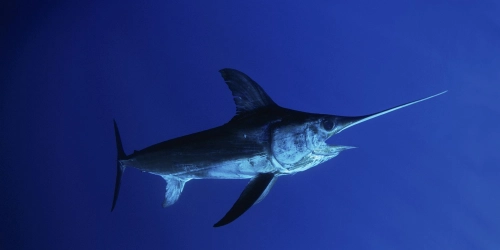
Expert Insights & Culinary Tips
Chefs recommend cooking swordfish like a meat steak: grilling, broiling, or pan-searing. Its firm texture can handle bold flavors like garlic, chili, or tomato without being overwhelmed. To avoid dryness, swordfish should be cooked just until opaque in the center; overcooking makes it tough. Pairing with acidic elements such as lemon or capers balances its richness.
Interesting and Curious Facts
-
Swordfish can grow over 4 meters long and weigh more than 500 kilograms.
-
Its “sword” (elongated bill) is used to slash prey, making it a powerful predator.
-
Swordfish is a traditional delicacy in Mediterranean cuisines, especially in Sicily and Greece.
Harm and Dietary Considerations
-
High mercury content makes frequent consumption unsafe for pregnant women and children.
-
Overcooking leads to dryness and toughness.
-
Some swordfish populations have faced overfishing concerns.
Religious Dietary Considerations
Swordfish is halal in Islam and kosher in Judaism (if scaled). It is permitted in Hindu and Buddhist diets where fish consumption is allowed.
Sustainability & Fishing Practices
-
Swordfish stocks have faced overfishing in the past, but many are now under recovery thanks to international management (ICCAT).
-
Harpoon and hand-line fisheries are considered more sustainable; longline fishing can cause bycatch of sharks and turtles.
-
MSC-certified swordfish is available in some markets.
-
Consumers are advised to choose sustainably caught swordfish and limit intake due to mercury.
Final Thoughts & Sensory Journey
Swordfish offers a unique experience: firm, meaty, and satisfying, with a flavor profile closer to grilled meat than delicate seafood. Its richness, cultural importance, and culinary adaptability make it a favorite worldwide, though sustainability and mercury levels require mindful consumption.
Resources
-
Ward, N., & Myers, R. A. (2005). Shifting Baselines in Swordfish Populations. Ecology Press. ISBN 978-0521843390.
-
FAO Fisheries and Aquaculture Reports on Swordfish (Xiphias gladius).
-
ICCAT (International Commission for the Conservation of Atlantic Tunas) Reports.
-
Block, B. A. (2019). Physiology and Ecology of Large Pelagic Fishes. Springer. ISBN 978-9401784133.
-
NOAA Fisheries: Swordfish Stock Assessments.
